PacificEthnoExp. Part II. NiueMapAugust 19–20, 2013 Dolphins welcomed us on our approach to the island. 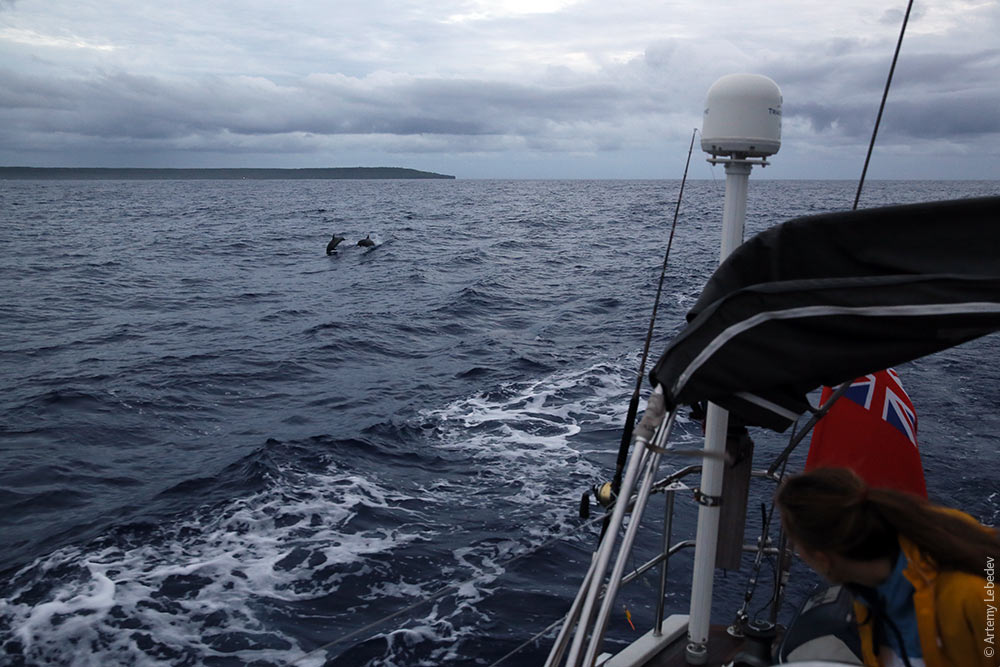 The island itself isn’t particularly welcoming, however. You could crash on the rocks in no time. 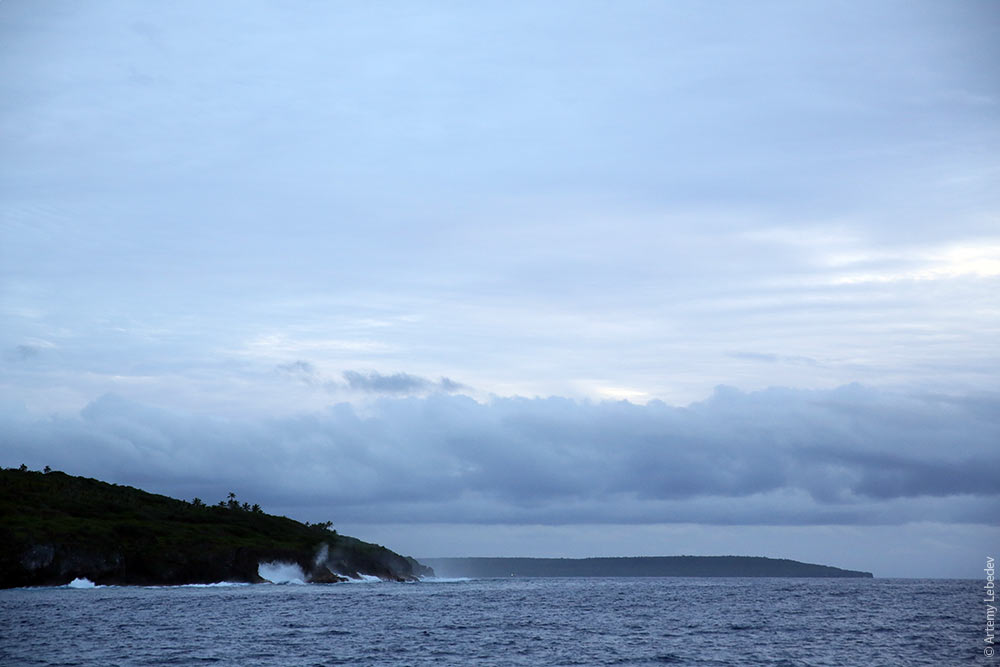 There’s just one spot where you can more or less comfortably tie your boat down to a mooring buoy (a kind of buoy that’s attached to a concrete block anchor and has an eye bolt for securing mooring lines). 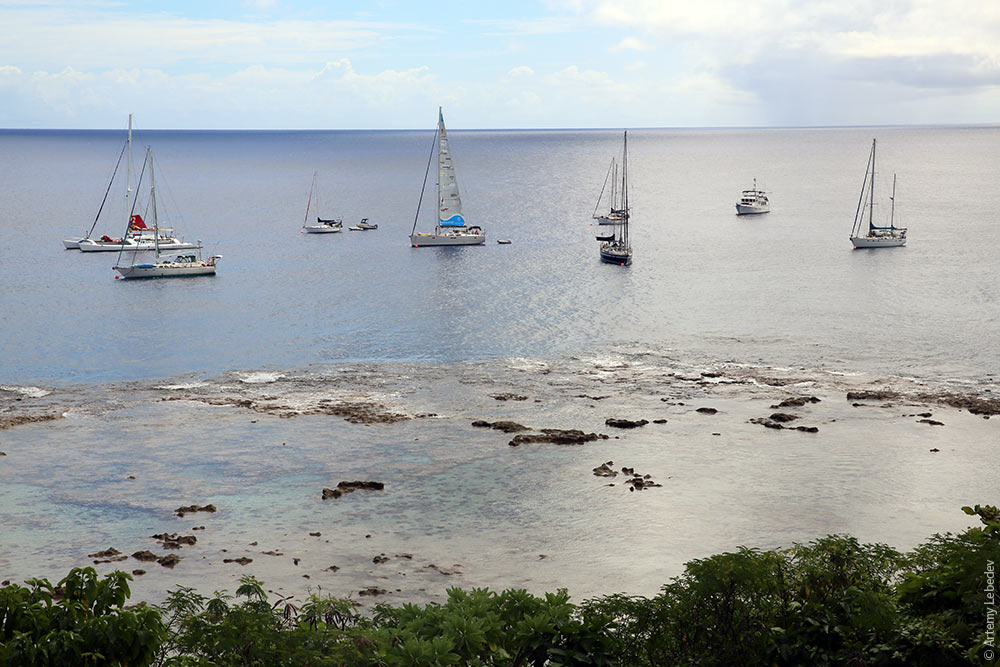 Then you launch your dinghy to get to shore, but, unlike everywhere else in the world, you can’t leave the dinghy there after you disembark— you have to hoist it out of the water yourself using a crane. 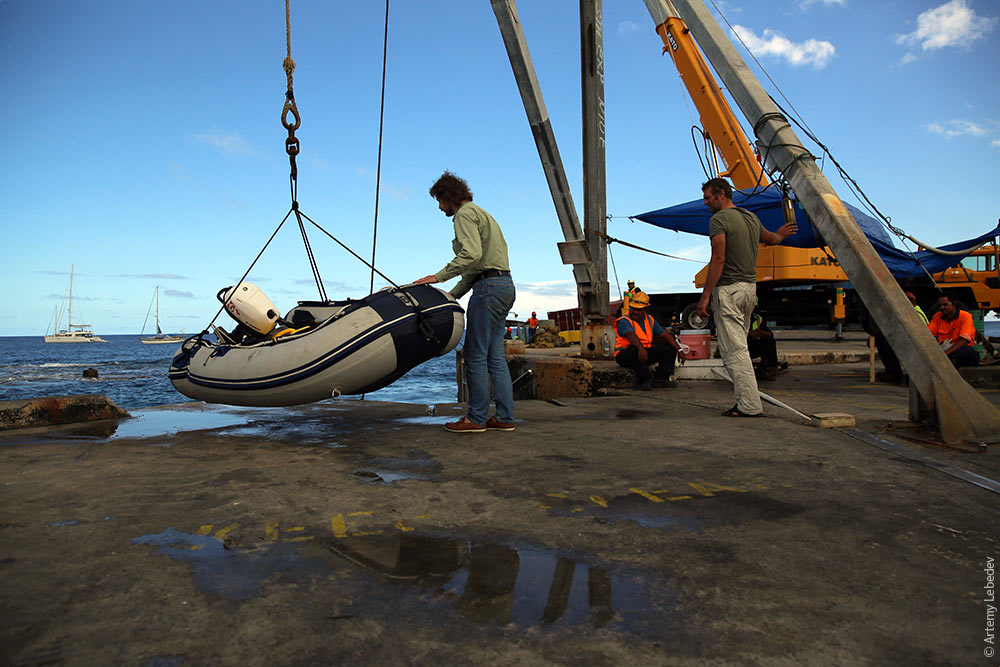 * * * Although Niue is a small country, there are lots of interesting things here. For instance, black plastic casings for electrical distribution panels. 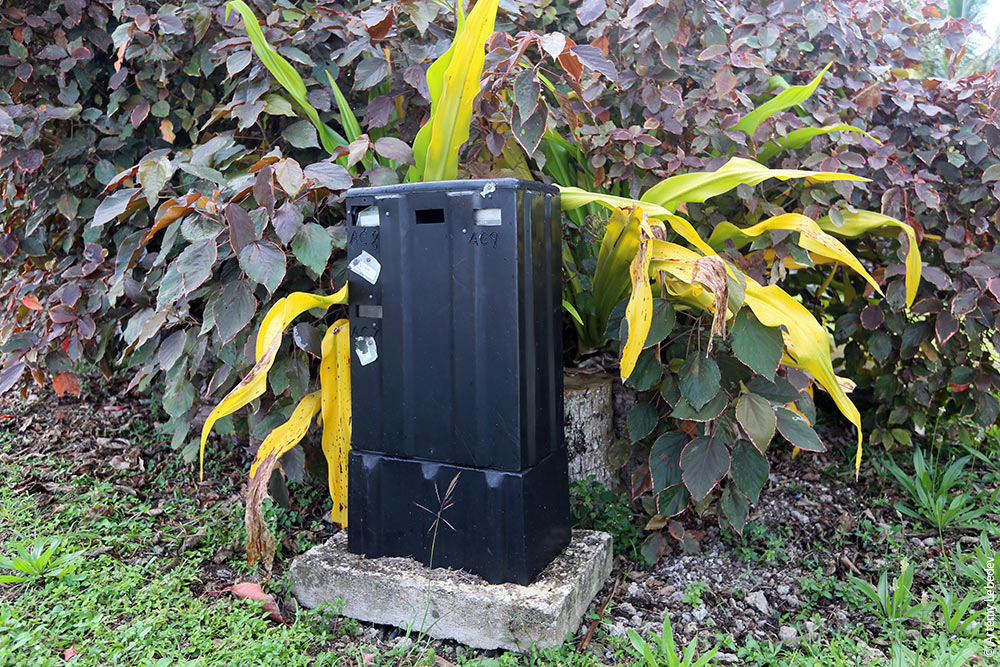 Or incredibly gorgeous 11,000 V transformer covers that resemble 16-ton weights. 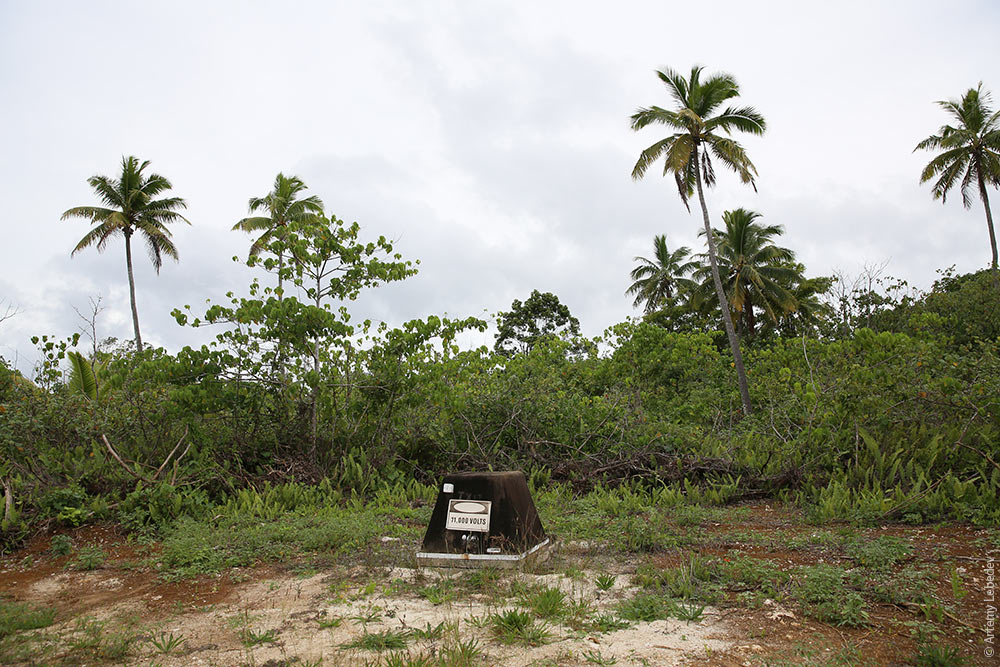 Even the regular electrical boxes are pretty. The hand on them looks so defenseless.  And the posts with telephone wires inside are a particularly unexpected find. 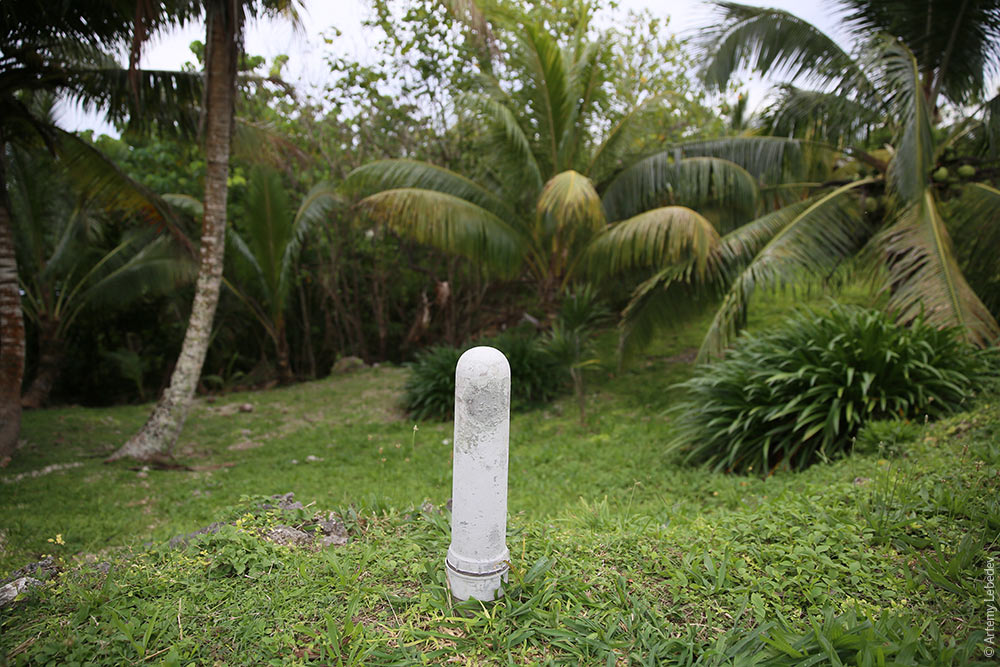 A typical view on the island: 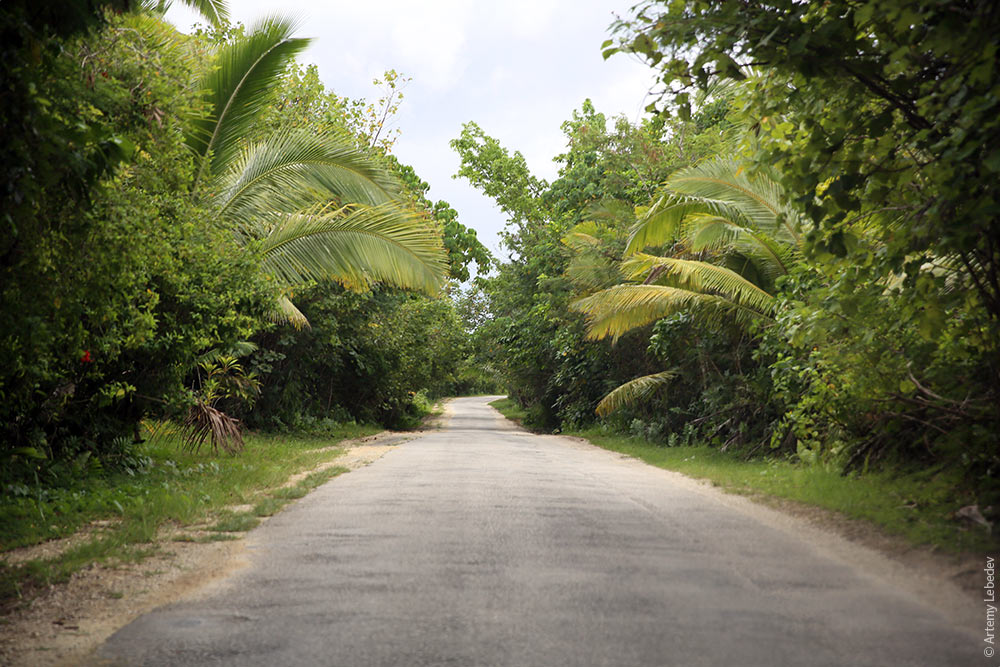 Occasional signboards address important issues. 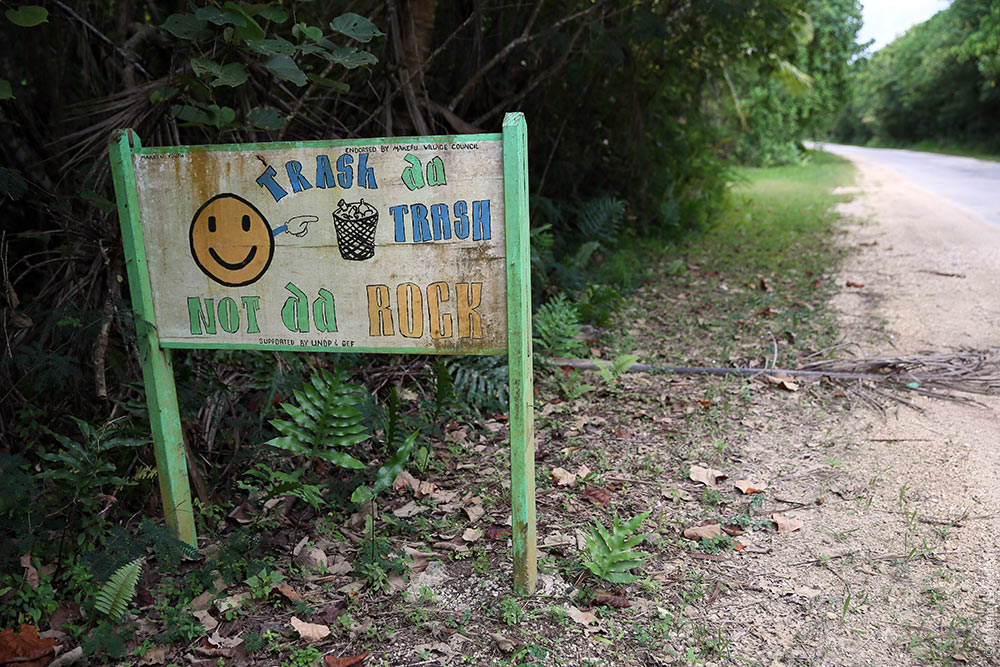 Why are they in the forest? Because every tourist will drive past here at least once.  The island used to have a population of about three thousand people, but two thirds have since left. This is why half the buildings are abandoned. 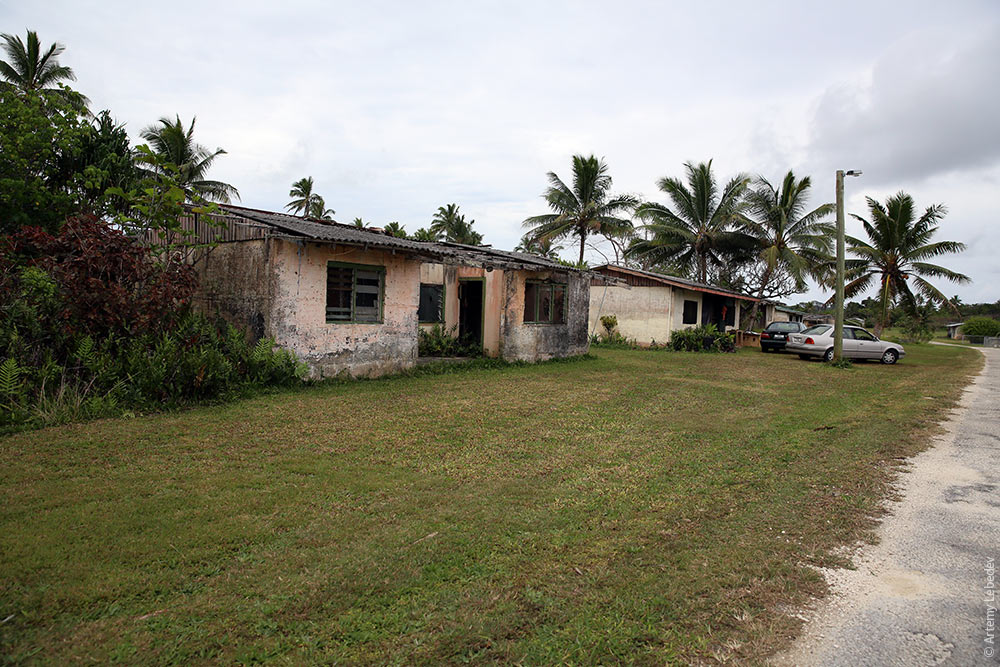 Nevertheless, it’s practically impossible to get a hotel room (or rather, a bed at a hostel) during the high season—everything is full. Planes fly here a couple of times a week, filled with people eager to visit Niue so that they can then tell everyone about this country they visited called Niue. There are shower cabins for tourists in the forest next to every notable attraction, such as a cave or a nice view of the ocean. 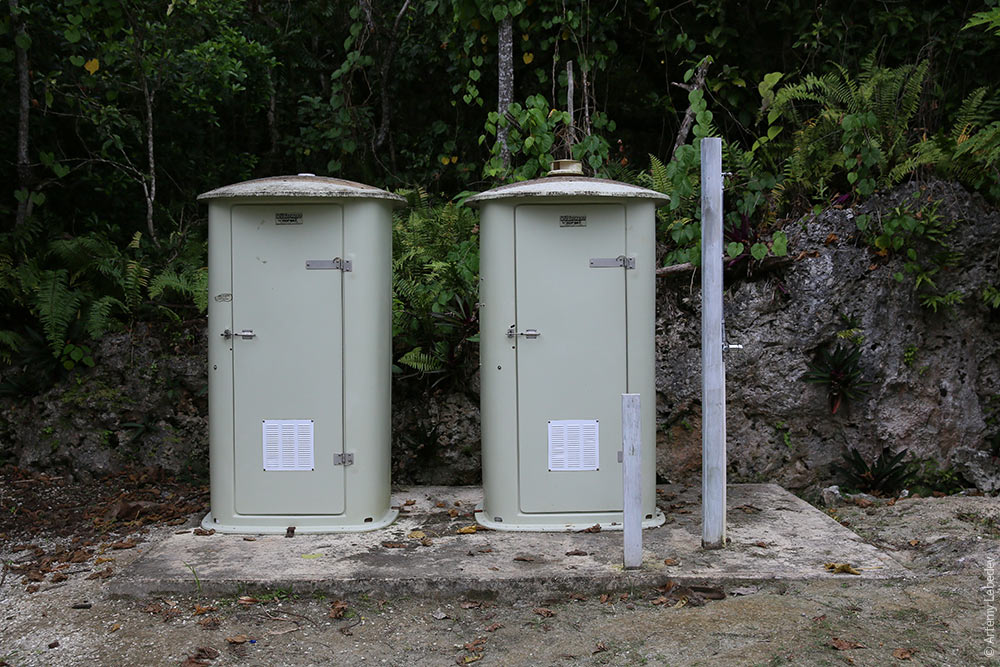 And trash cans in the same spots as well. There aren’t any in the cities and towns. 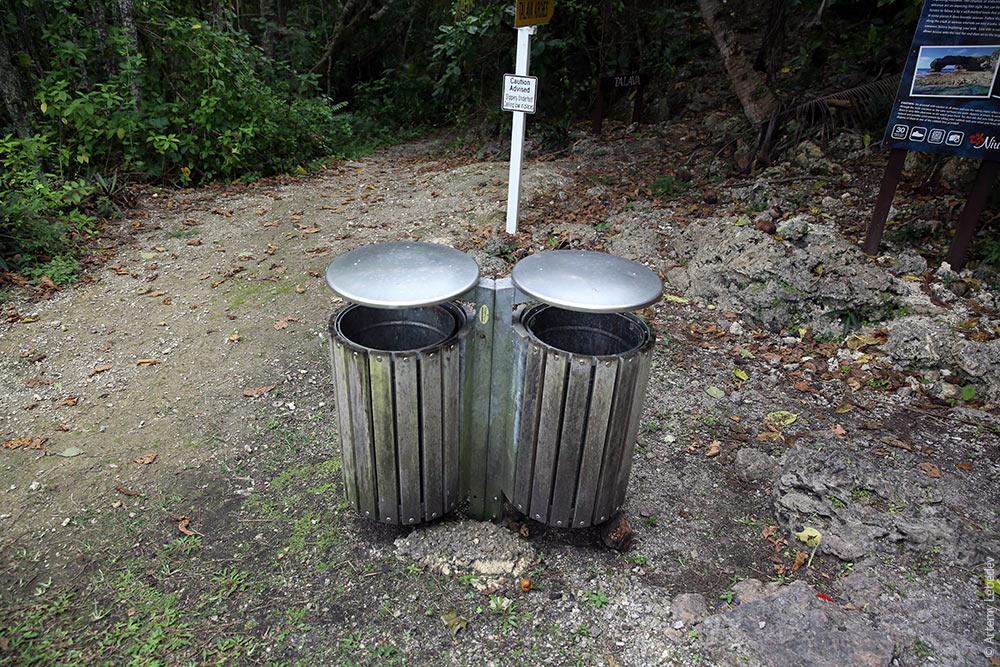 The capital. 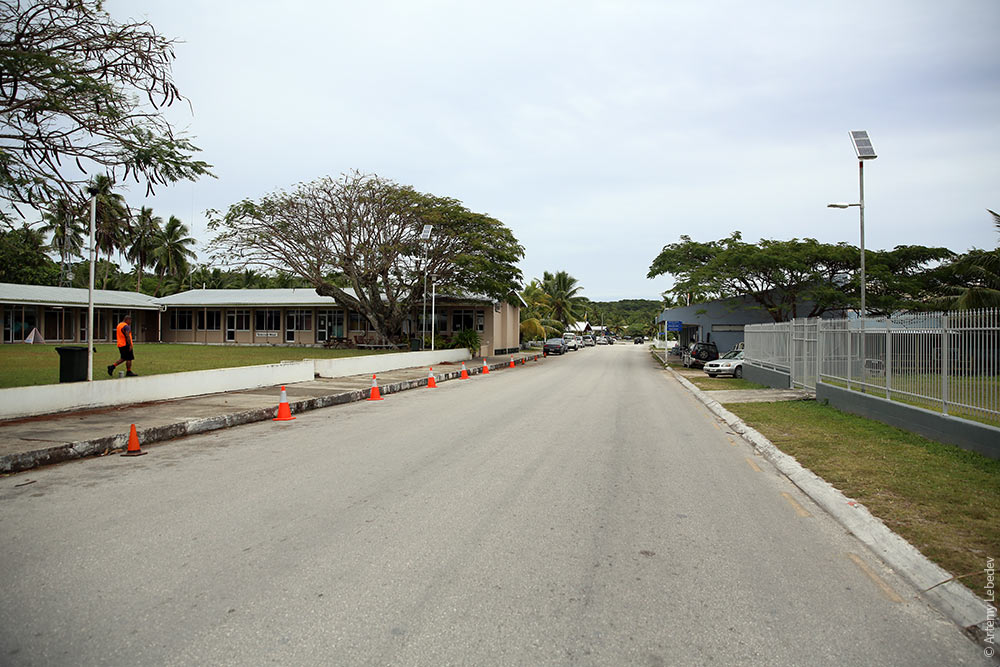 Directional signs. 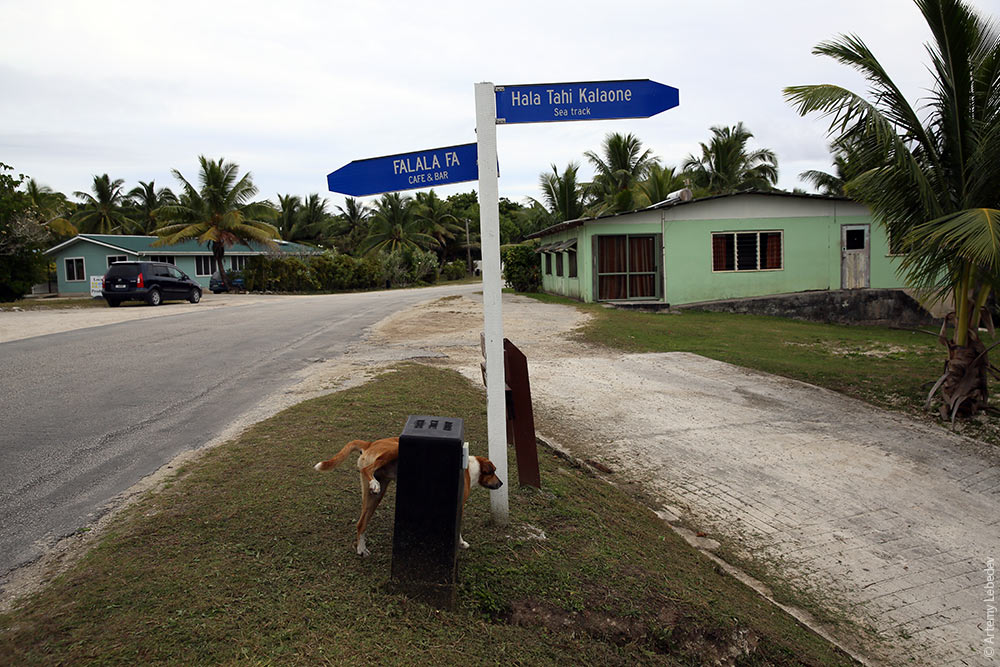 An internet cafe. The internet connection on the island is so unimaginably slow that it’s difficult to even describe in words. Just imagine that not a single image has even started loading since you opened this page. 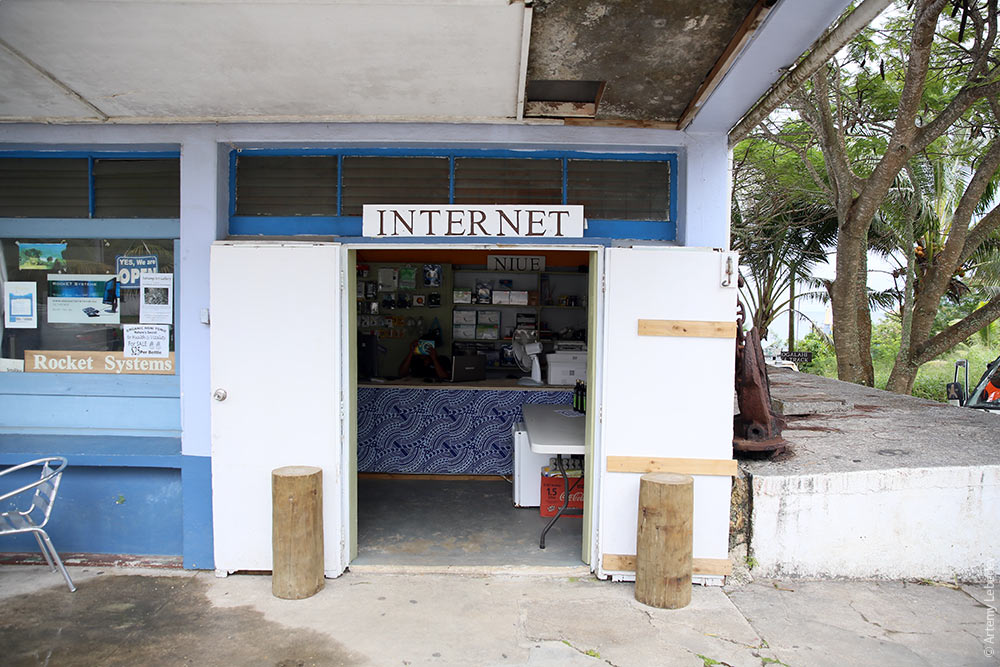 The post office. 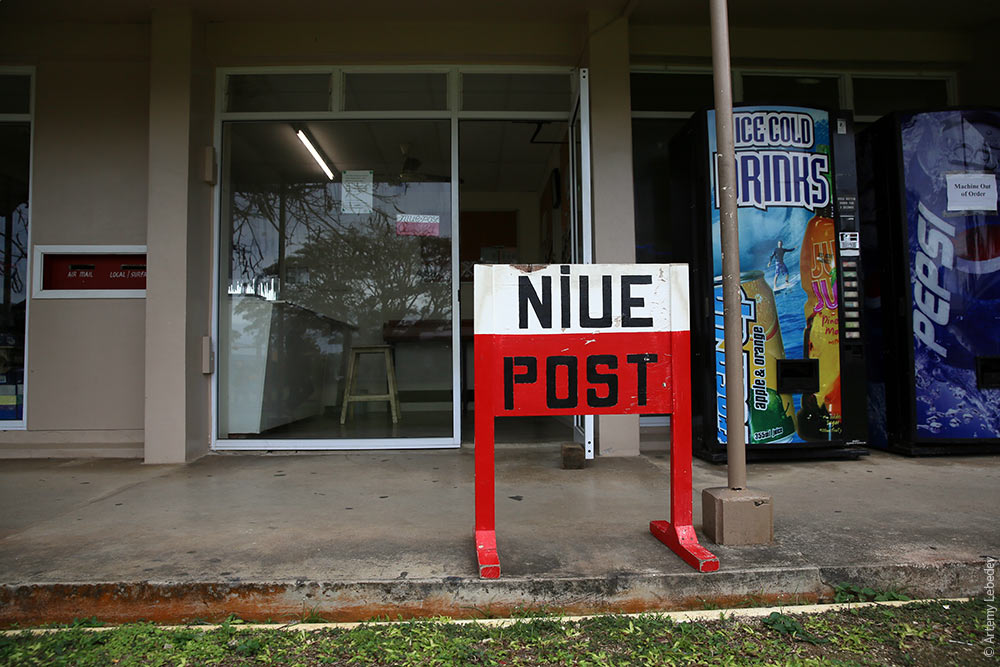 A policewoman. 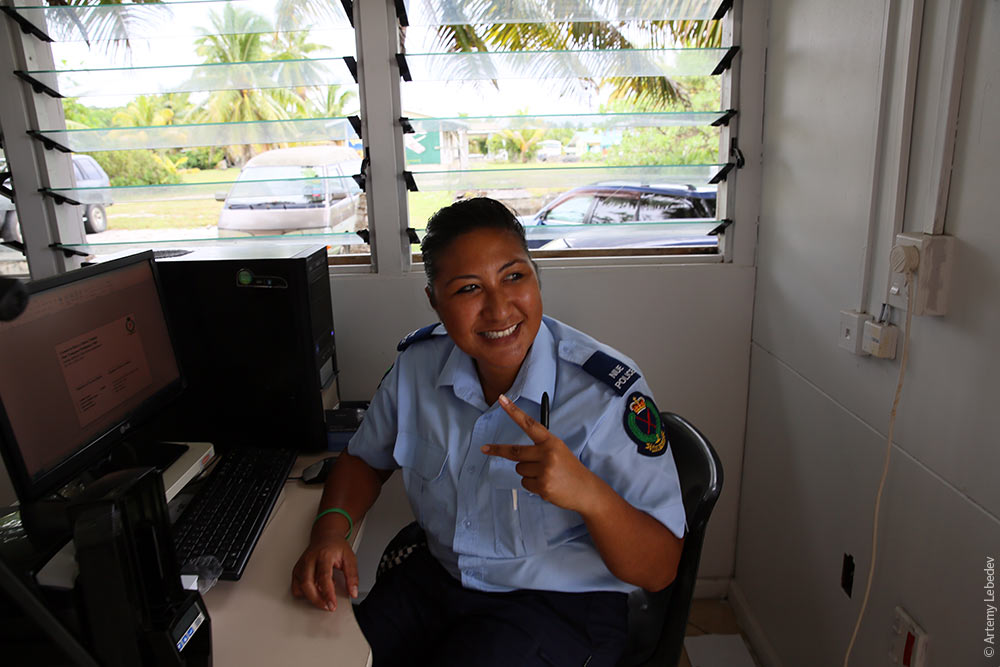 Like in the Cook Islands, you have to get a local driver’s license here. It’s an incredibly beautiful document.  A license plate. 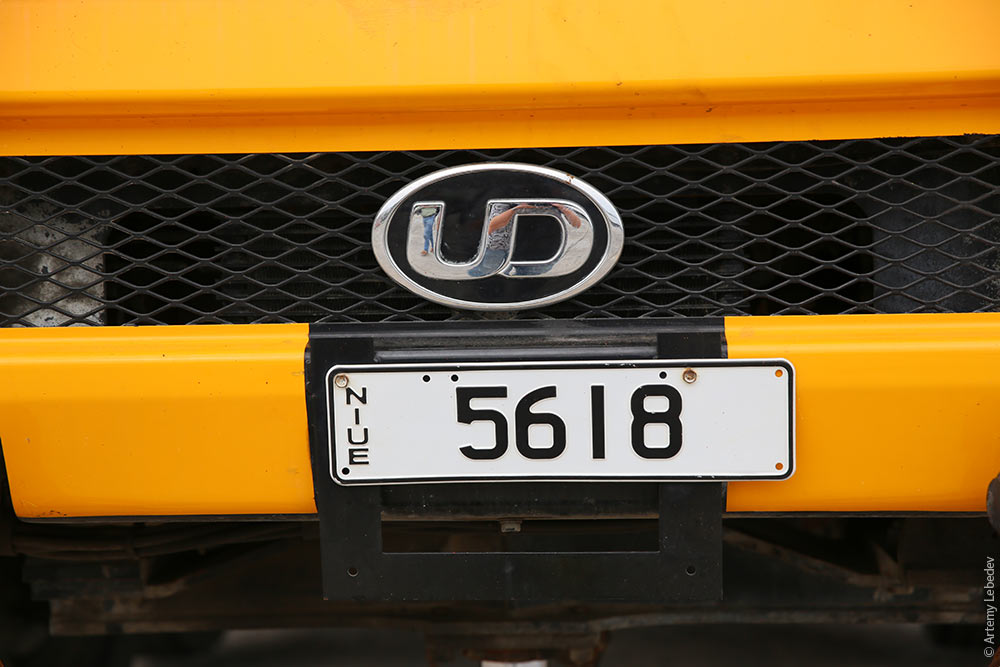 Vehicle registration stickers. 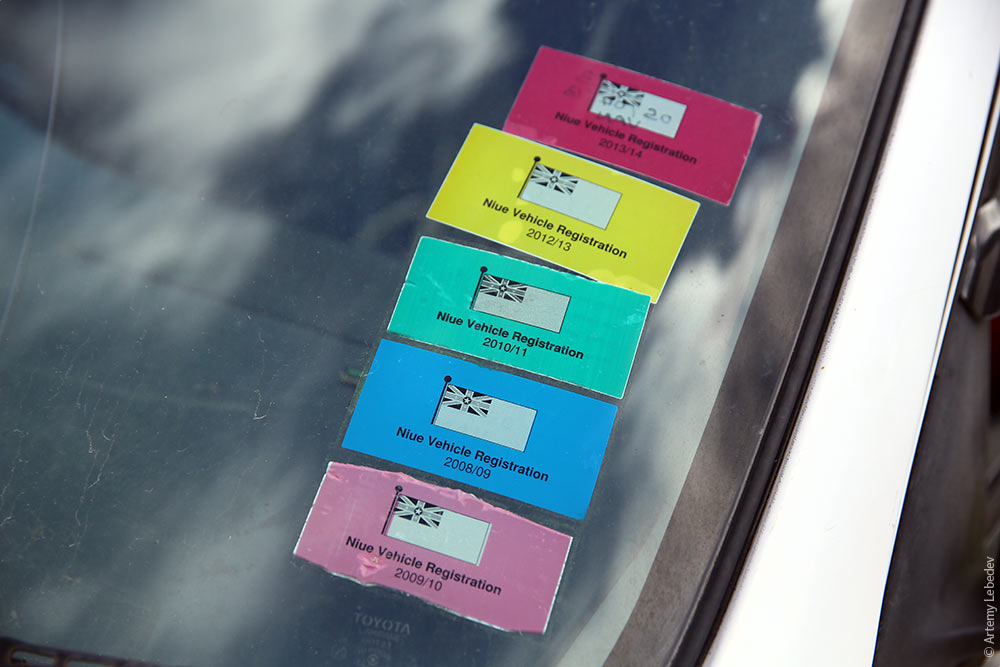 No stopping. 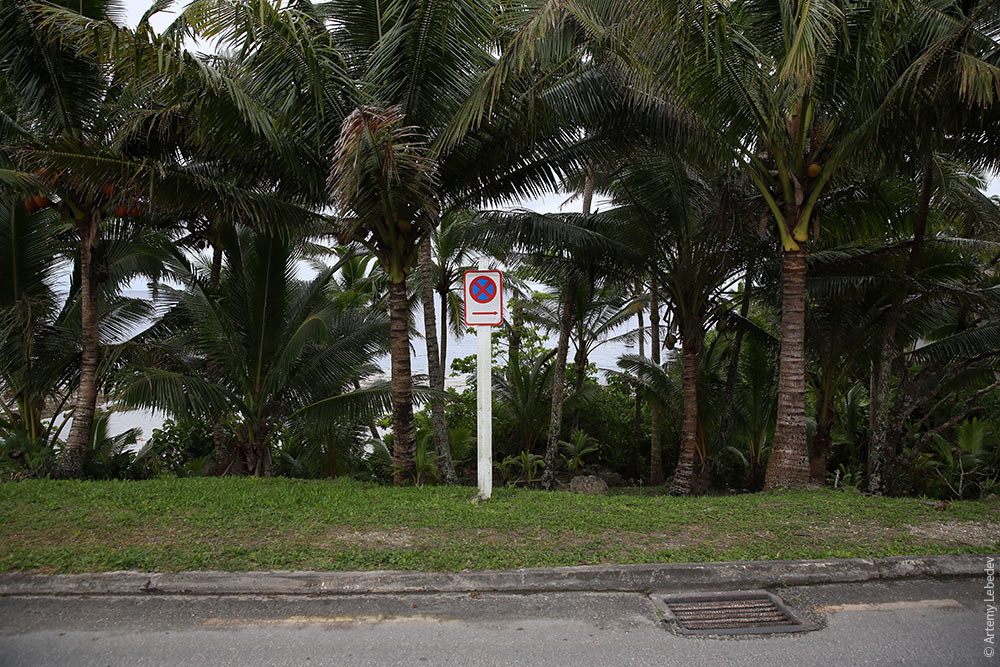 Steep descent. 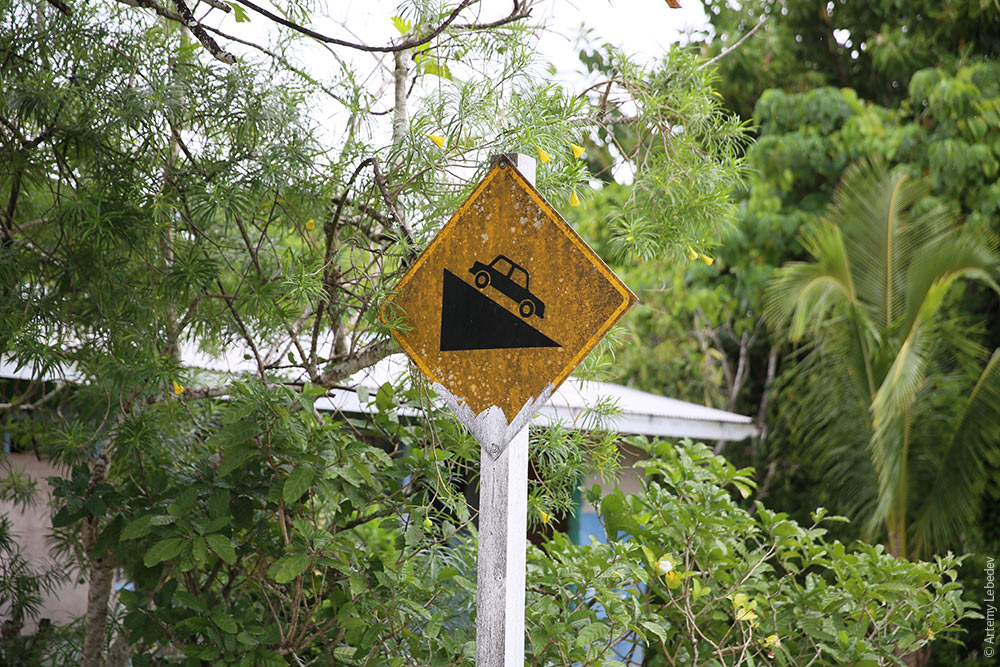 We’ve seen all kinds of highway guardrails by now: timber ones, metal ones, mixed media ones. Here the guardrails are made entirely of logs. 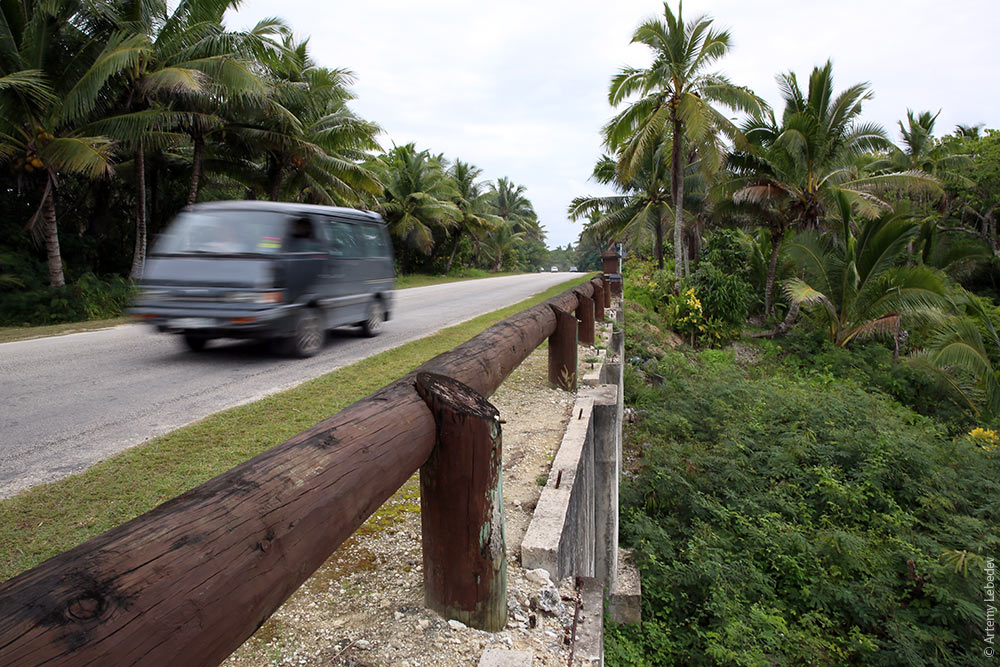 A storm drain. 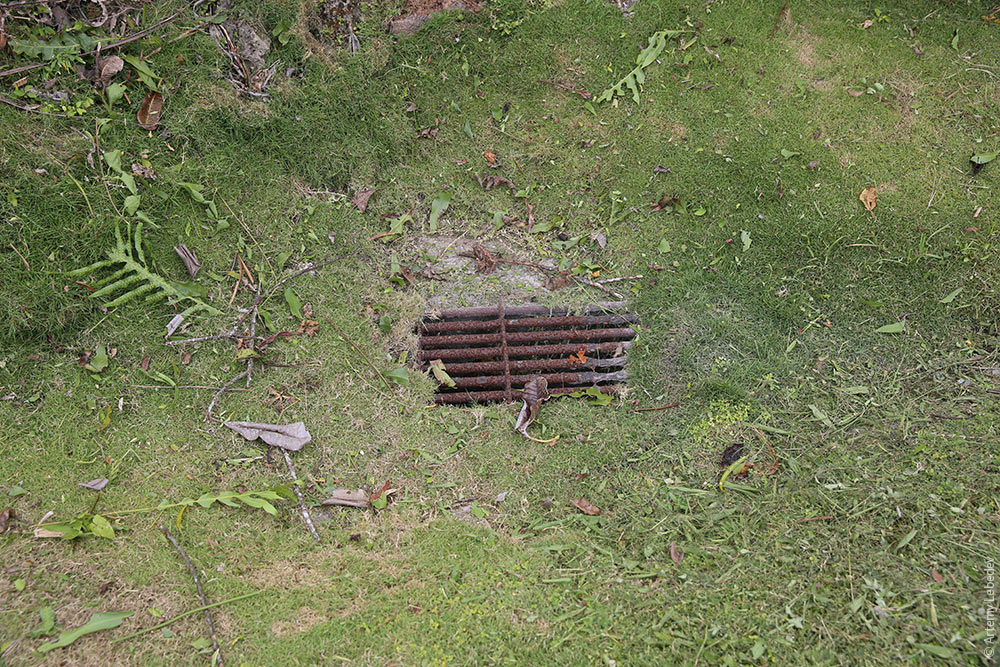 A sign inside a store apologizing for low product stock. Shipping boats started coming here less frequently, and everyone was caught unprepared. 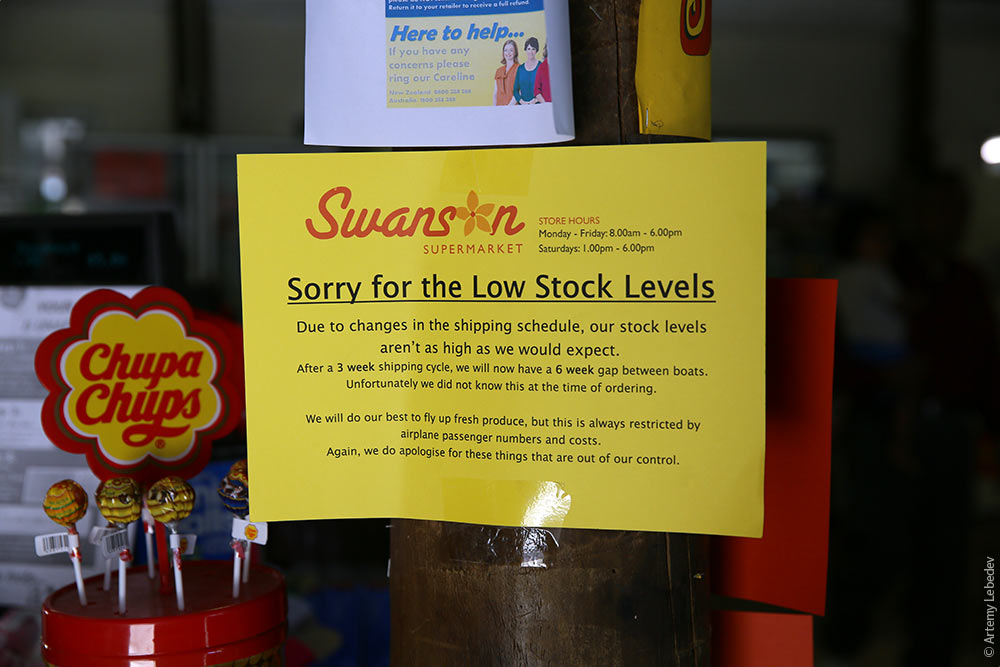 As soon as you walk into a café, you’re told, «We don’t have anything! Waiting for the next shipment!» 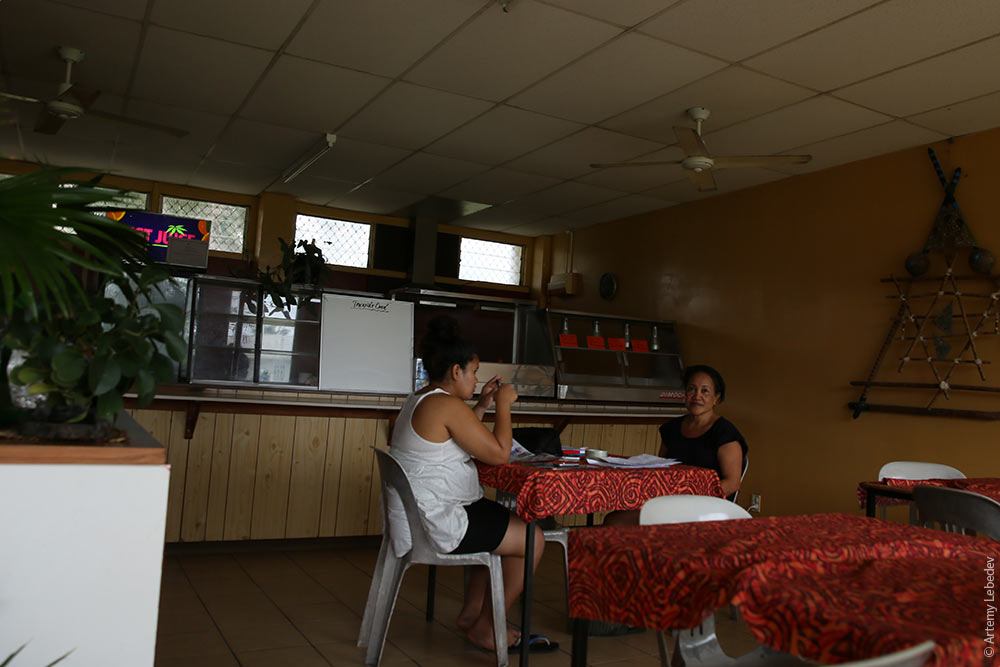 The grocery and home goods stores evoke my impoverished Soviet childhood: nothing but plastic pails and canned food on the shelves. 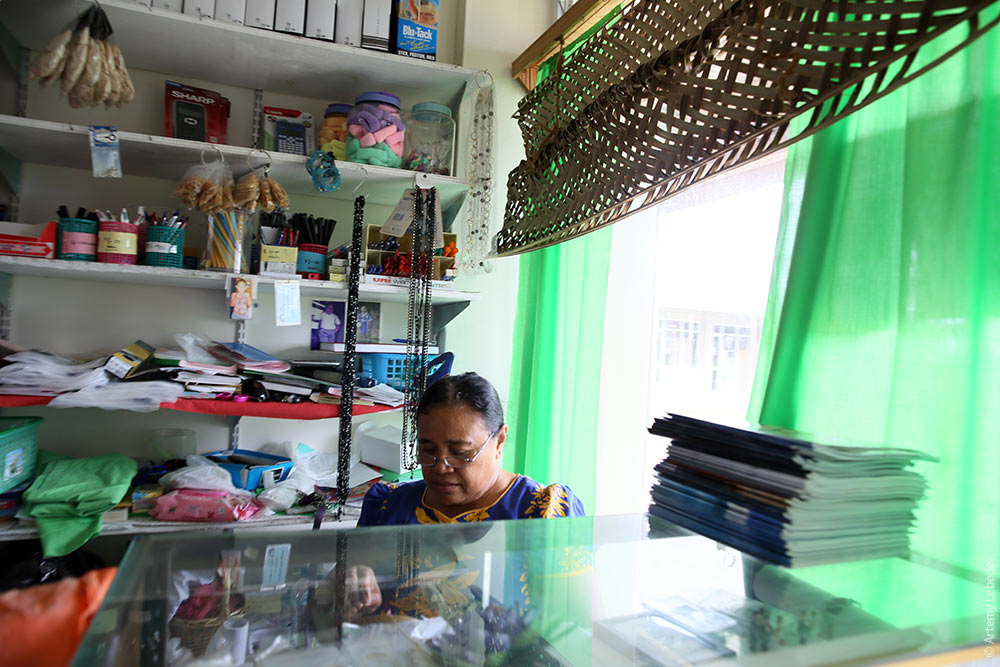 The local art gallery has a reproduction of Women in the Water with Garbage for sale. Love it. 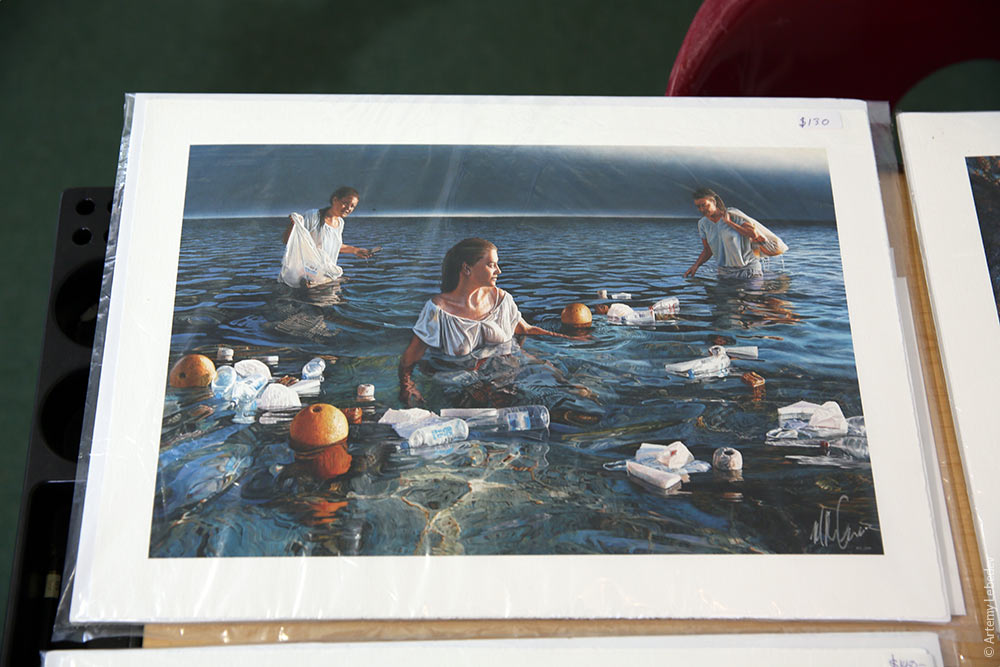 The most common scene on the island is a chicken hurrying somewhere with her chicks. 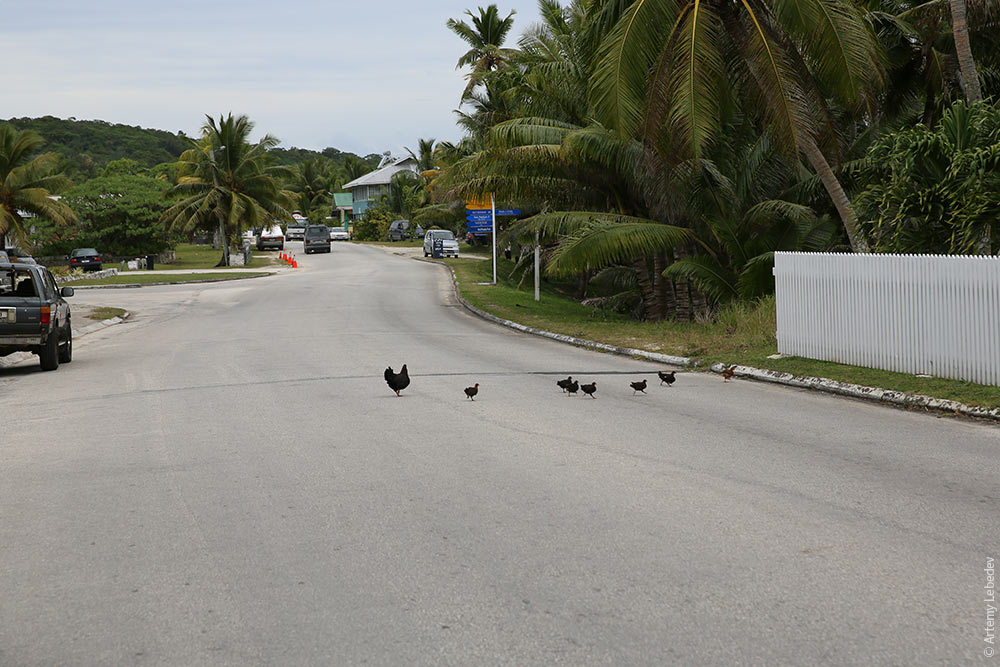 The people on the island have nowhere to hurry to. The deceased are laid to rest next to their houses (like on other islands in Oceania). 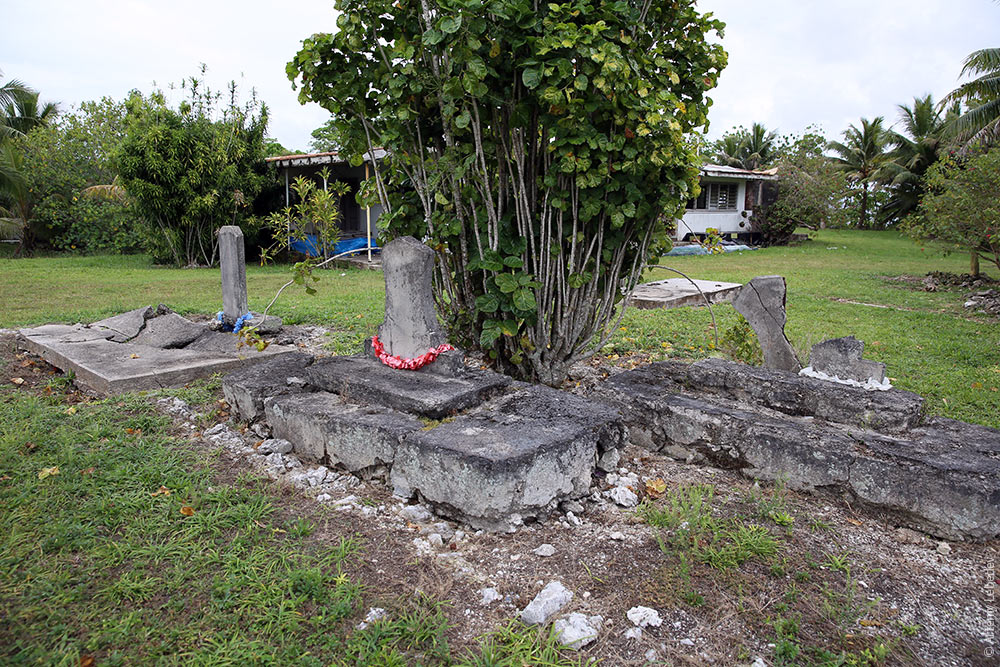 If someone gets bored, they can have a TV and stereo set up. 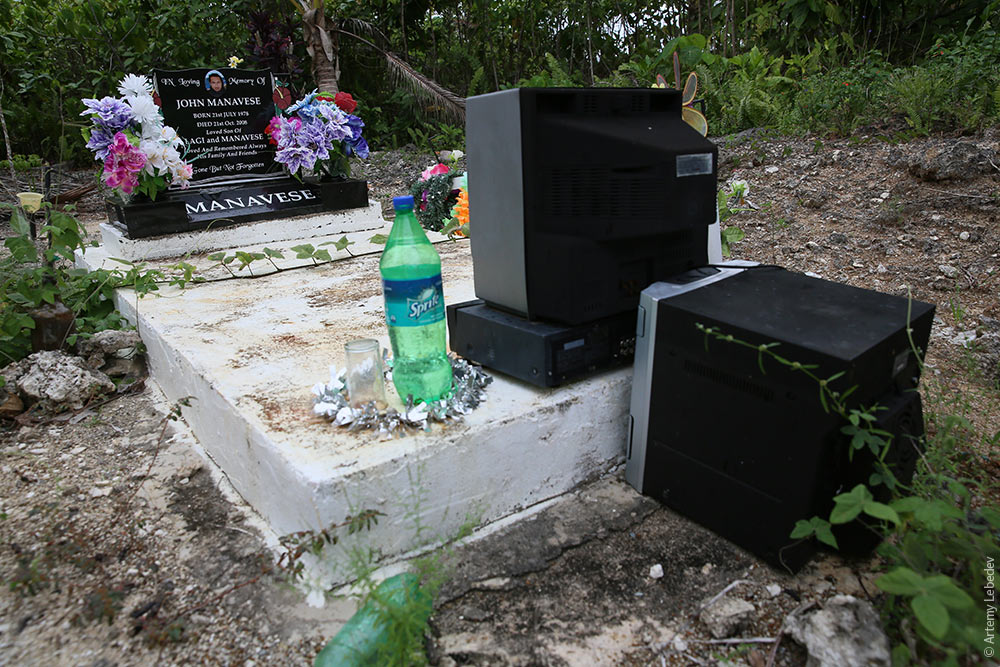 Nature will take back all. 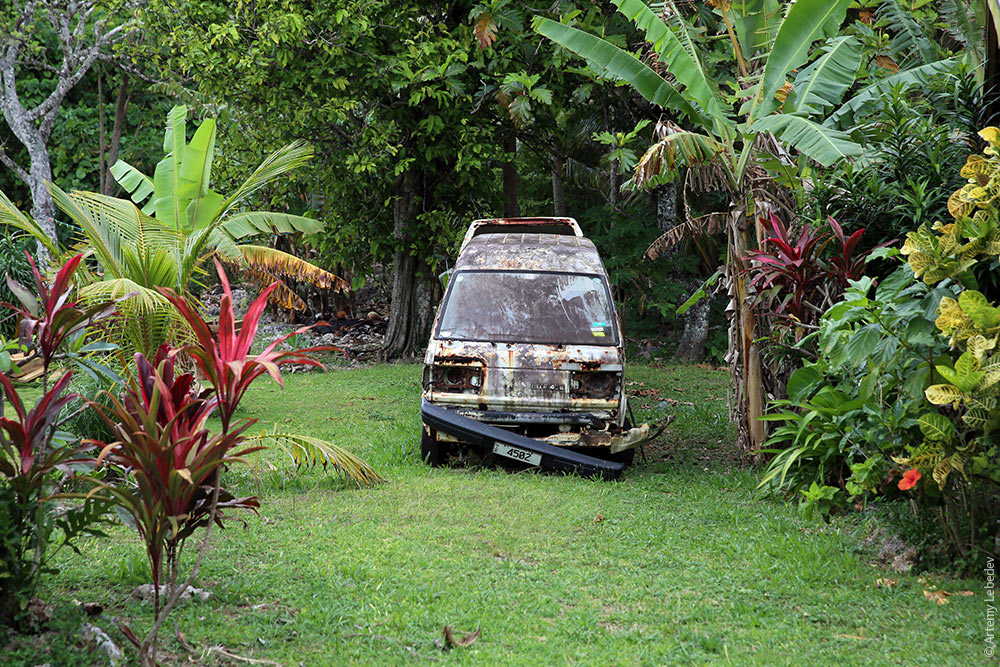 * * * The yacht is fully equipped for living: there’s electricity, a satellite link, a fridge, a stove, a sink, three and a half bedrooms, three bathrooms, a dining table and a bunch of food. 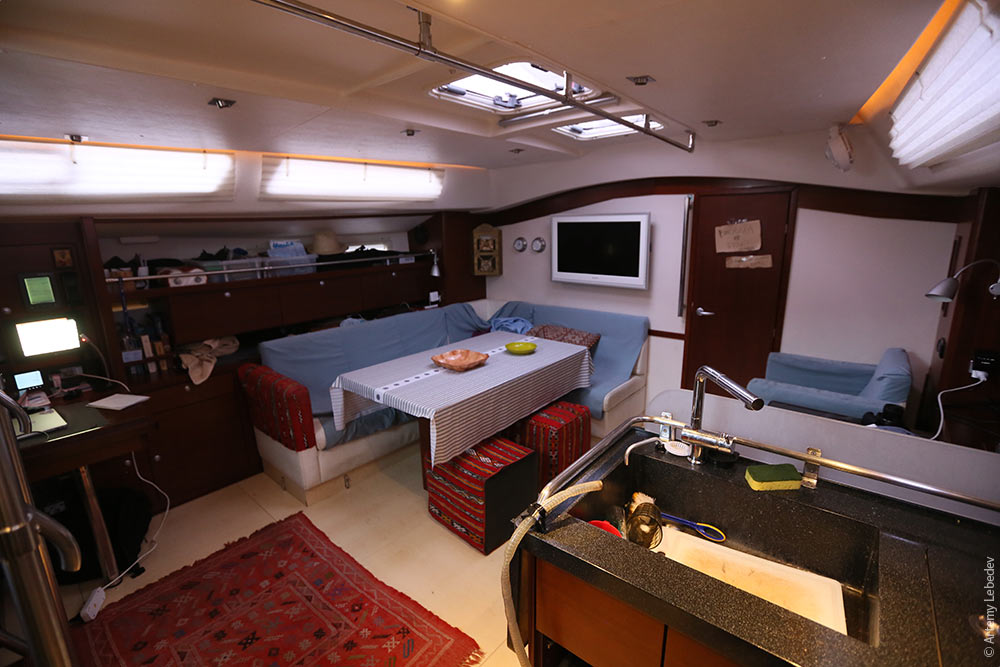 Time to set sail. 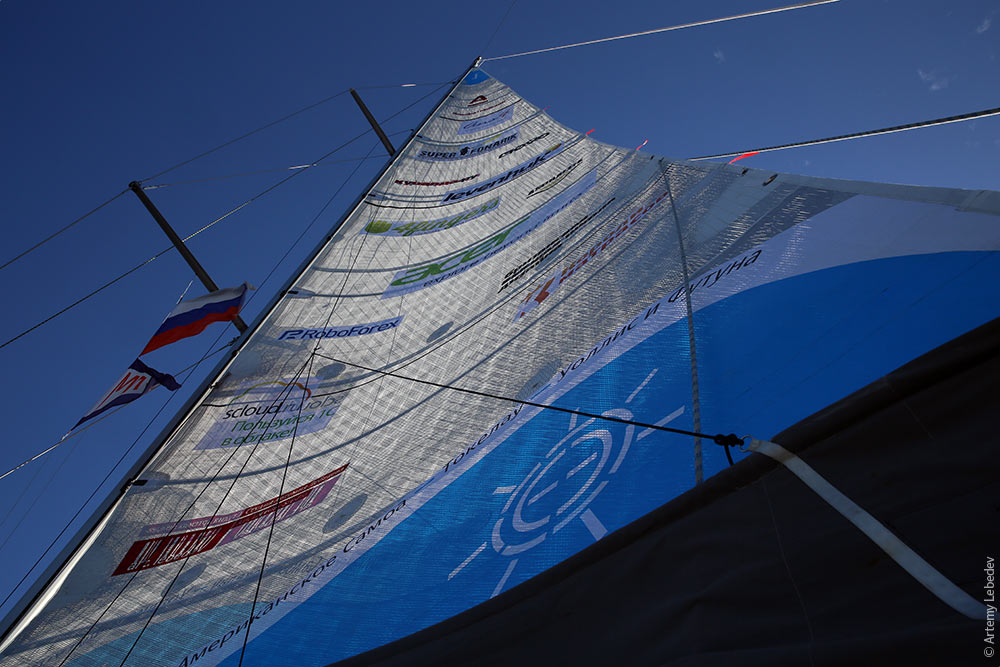 And assume position at the wheel. 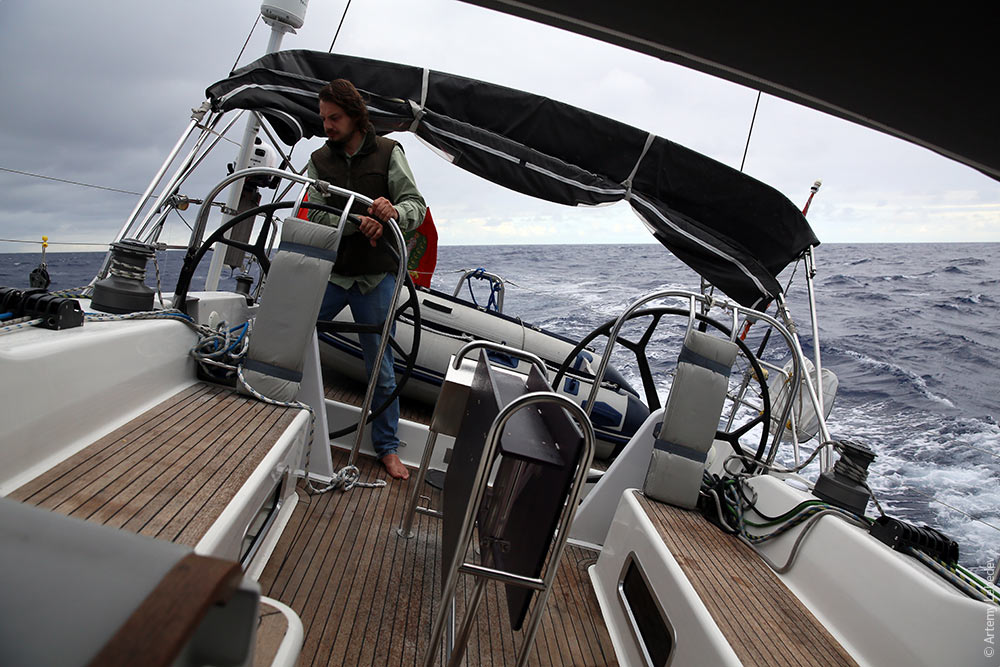 |